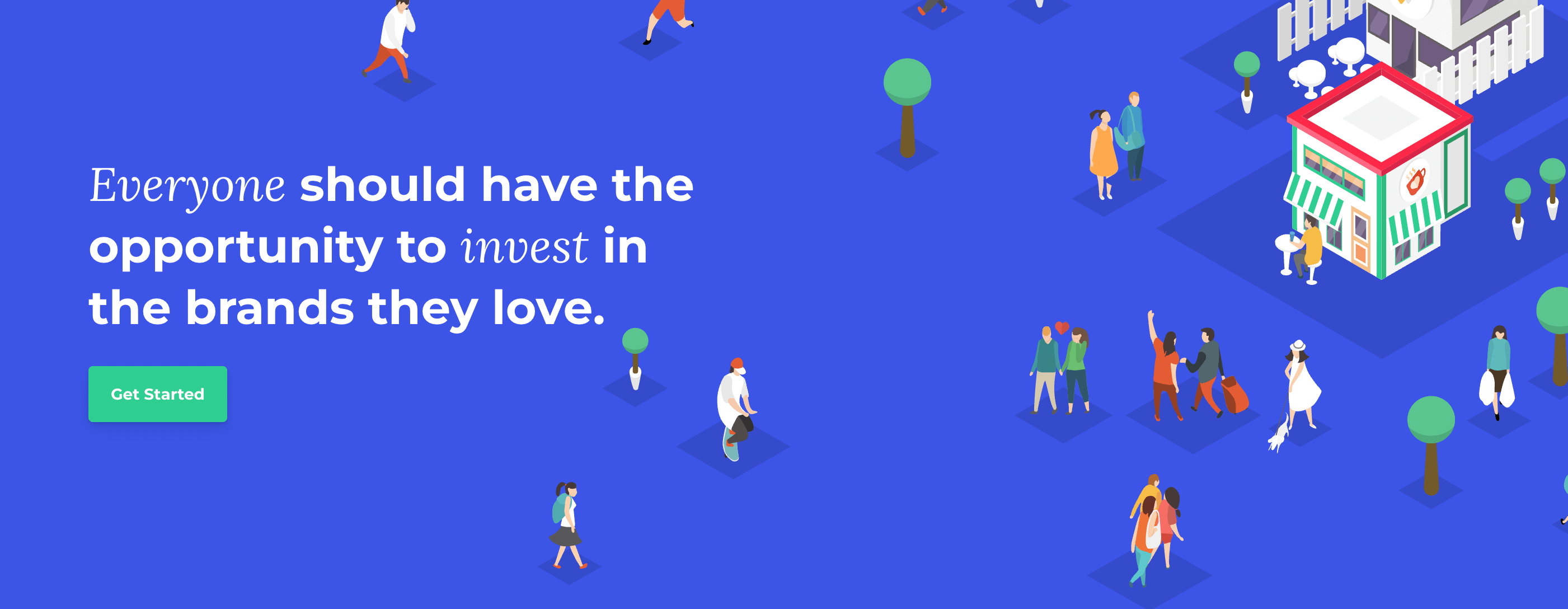With one success under their belts with Pozible, the founders noticed how crowd equity was gaining traction elsewhere in the world as a way for people to gain ownership in the thing they wanted to support. This would not only allow them to help fund an idea but also share in the wealth that it might create if it was successful.
What is crowd equity? BrewDog is one of the best known examples. This UK craft brewery raised over AUD $50 million from around 50,000 investors (who are probably also customers) which means the immortal line ’Have you ever wished you could own shares in a brewery?’ has become true for some people. Fast forward several years later and they are now the #1 craft beer in the UK creating a return for those original crown equity investors. Of course not all crowd equity campaigns turn out as well as BrewDog and you can also lose the money you invest but there are now examples of where the cultural and creative industries have benefited from crowd equity. One of the highest profile examples is Secret Cinema which raised close to AUD $10 million through a crowd equity campaign on Crowdcube one of the leading platforms in the UK. Secret Cinema was sold in 2022 for a rumoured USD $100 million.

Birchal has helped pioneer crowd equity in Australia and is one of the leading platforms with over $94 million raised or 75% of total crowdfunding in Australia according to the AFR. At the time of writing between Pozible.com and Birchal.com they have 610k+ members. Some great concepts have been funded via Pozible such as Seabin which removes rubbish from our oceans. Seabin raised nearly $2m of investment from 1793 investors. As in the UK there are clearly opportunities for the cultural and creative entrepreneurs to raise investment for their ideas.
Please note that none of the above is intended to constitute any form of financial advice but to explain how Crowd Equity works and has been used by different companies.
